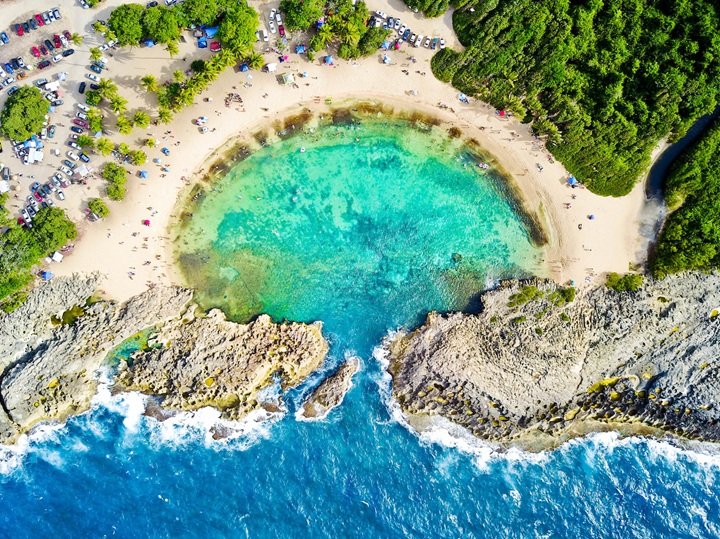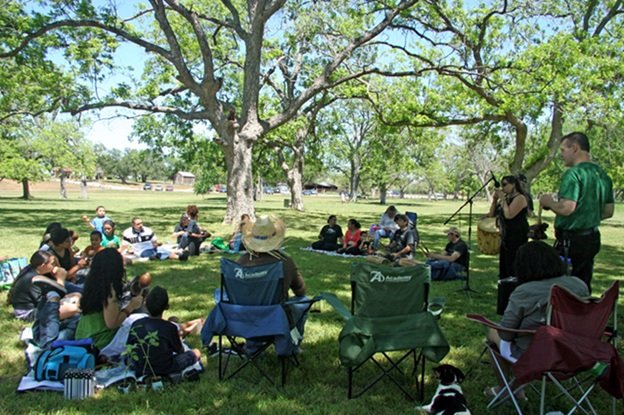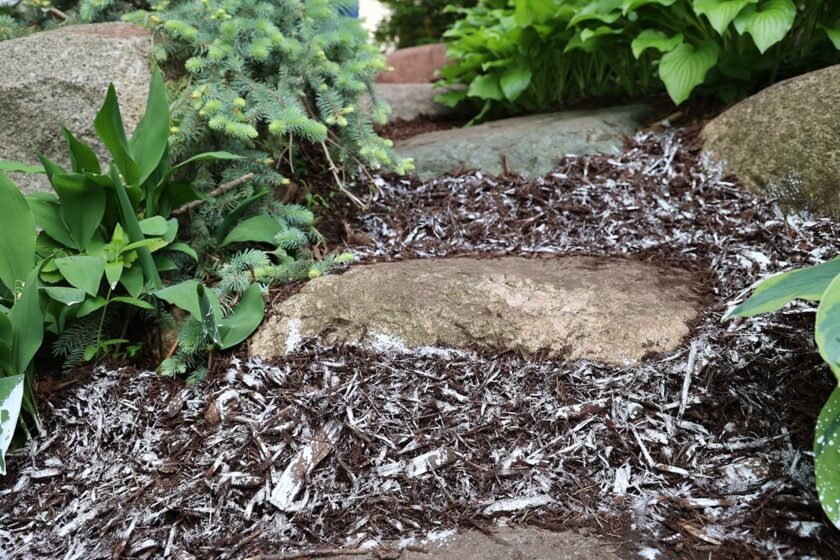
Nestled along Puerto Rico’s northern coast, the town of Manatí is a vibrant municipality rich in history, culture, and natural beauty. Known as La Ciudad Metropolitana (The Metropolitan City), this coastal gem offers a unique blend of tradition and modernity. With its dramatic karst landscapes, charming colonial architecture, and strong cultural identity, Manatí stands out as a destination worth exploring.
Founding and Early History
Manatí was officially founded on June 15, 1738, during Puerto Rico’s Spanish colonial era. The town was established by Don Pedro Menéndez Valdés, a Spanish official who sought to create a permanent settlement near the Río Grande de Manatí, one of the island's major rivers. The town quickly developed around its central plaza and church, which were typical of Spanish colonial urban planning.
In its early years, Manatí flourished due to its fertile lands and access to trade routes. Agriculture played a dominant role in the local economy, with sugarcane, tobacco, and coffee as the main crops. Its strategic location near the coast and proximity to rivers also made it an important stop for merchants and travelers moving between the northern and central parts of Puerto Rico.
Town Colors and Symbols
Manatí’s official town colors are blue and white, which represent both its coastal heritage and its aspirations for peace and unity. The town’s coat of arms prominently features a manatee, paying homage to the creature from which it gets its name, as well as symbols of agriculture, Christianity, and native Taíno heritage. These emblems reflect the diverse influences that have shaped the town over centuries.
Sites of Interest
Manatí offers an array of attractions that showcase its natural beauty, historical legacy, and cultural charm:
- Mar Chiquita Beach – One of the most iconic beaches in Puerto Rico, Mar Chiquita is a natural cove formed by limestone rocks that protect a small bay from the open ocean. Its unique shape, turquoise waters, and dramatic surroundings make it a popular spot for both locals and visitors.
- Hacienda La Esperanza Nature Reserve – Managed by the nonprofit Conservation Trust of Puerto Rico, this expansive coastal reserve includes wetlands, mangroves, and preserved agricultural land. Guided tours highlight the region’s ecological importance and its historical sugar plantation ruins.
- Teatro Taboas – Built in the early 20th century, this historic theater has been restored and now serves as a cultural hub for concerts, plays, and art exhibitions. It’s a symbol of Manatí’s dedication to preserving and promoting the arts.
- Cueva de las Golondrinas – A stunning cave located along the coast, accessible during low tide. It's known for its dramatic cliffs and the swallows that nest inside. The views here are breathtaking and popular with adventurous hikers and photographers.
- Historic Town Plaza and Church – At the heart of Manatí’s historic district lies the Plaza de Recreo and the Church of Nuestra Señora de la Candelaria, a beautiful neoclassical building that dates back to the 18th century.
Patron Saint and Celebrations
Manatí’s patron saint is Nuestra Señora de la Candelaria (Our Lady of Candelaria), a Marian devotion widely venerated in the Caribbean and Latin America. The town celebrates her feast day on February 2nd each year with a vibrant fiesta patronal that includes religious processions, music, dancing, traditional food, and cultural events. These patron saint festivals are a beloved tradition in Puerto Rican towns and serve to reinforce community bonds and preserve local heritage.
Final Thoughts
From its historic roots to its modern cultural offerings and natural wonders, Manatí embodies the spirit of Puerto Rico’s northern coast. Whether you're exploring its scenic beaches, learning about its colonial past, or joining in the lively patron saint celebrations, Manatí offers something for every kind of traveler. With its blue and white banners waving proudly in the breeze and the legacy of its founders echoing through cobbled streets, La Ciudad Metropolitana continues to thrive as a beacon of Boricua pride.
Official Website of Manati Puerto Rico - https://www.manati.pr/








